Champagne Henri Giraud: “The Greatest Champagne You’ve Never Heard Of”
by Ken Gargett
Some years ago, the American wine critic, Robert Parker, dubbed Henri Giraud as “the greatest Champagne you’ve never heard of”. In fairness, that was a little harsh on many champagne lovers as they were already exploring what the small but high quality house of Henri Giraud had to offer, even if early days, but for the vast majority of wine consumers, this was a massive pronouncement.
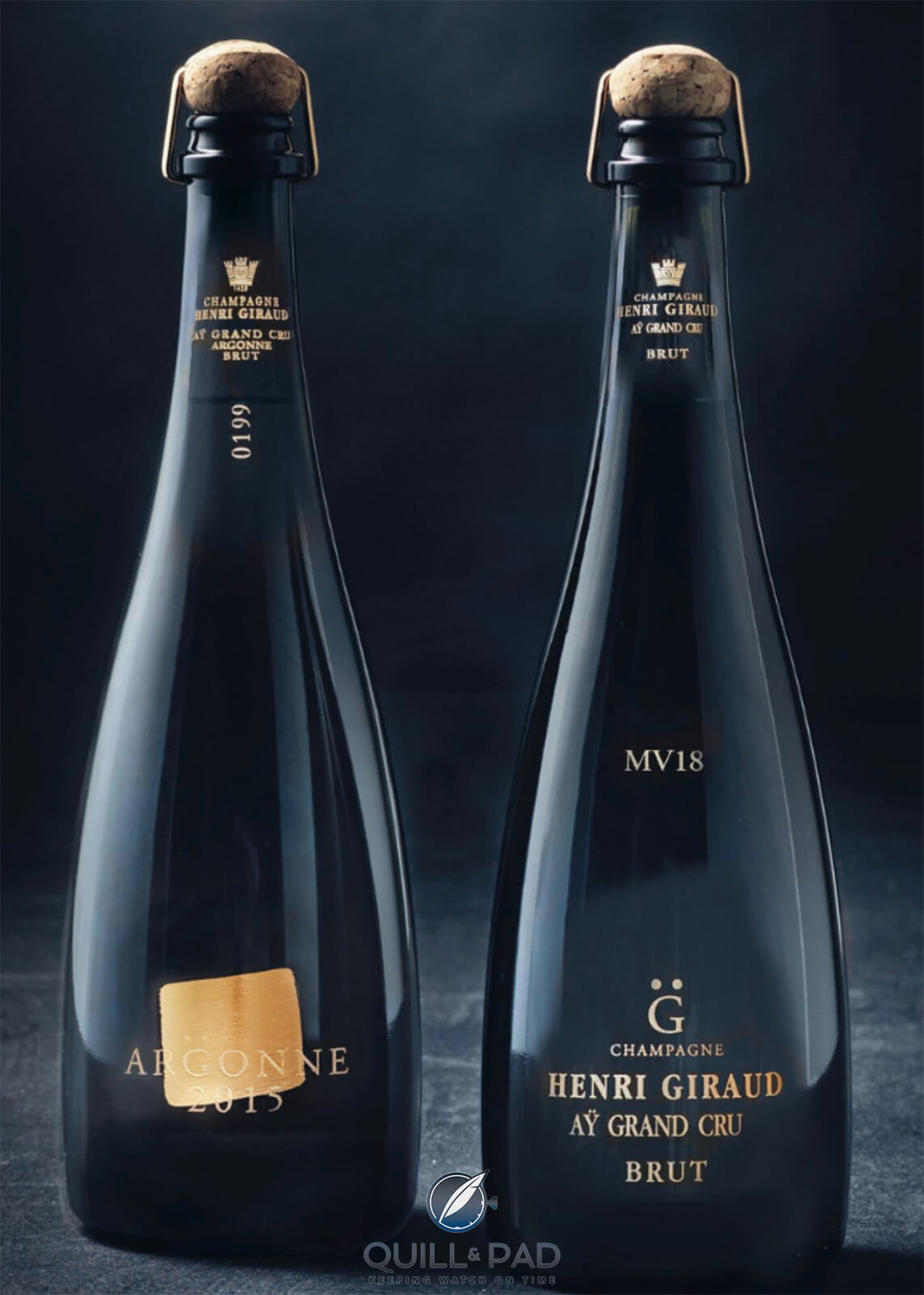
Champagne Henri Giraud wines
Many readers will be familiar with Robert Parker, though some of the younger set may not realize how utterly persuasive his influence was on the world of wine.
At one stage, he was known as the most influential critic in the world. I don’t mean the world of wine; rather, in terms of any critic in any sphere at all. A blessing from Parker meant instant sales and extraordinary interest. I remember catching up with a small Barossa maker many years ago a few weeks after Parker had given one of his wines a stratospheric score (he is largely responsible for the 100-point scoring system used in wine – it replaced the English 20-point system).
The maker hardly knew who Parker was but someone had placed his wines in front of the legendary American critic. The morning after the scores came out (forgive me, I think it was the full 100 pointer but I could not swear to it – it may have been 99), he woke to find his fax machine had completely emptied itself of paper with all the orders and inquiries that had arrived, with many times that stored in the machine, awaiting the chance to print. The boost to his business was incalculable.
Mind you, Parker was also quoted as saying that the champagnes from Henri Giraud are how Krug should taste, which is a little more controversial.
I have digressed.
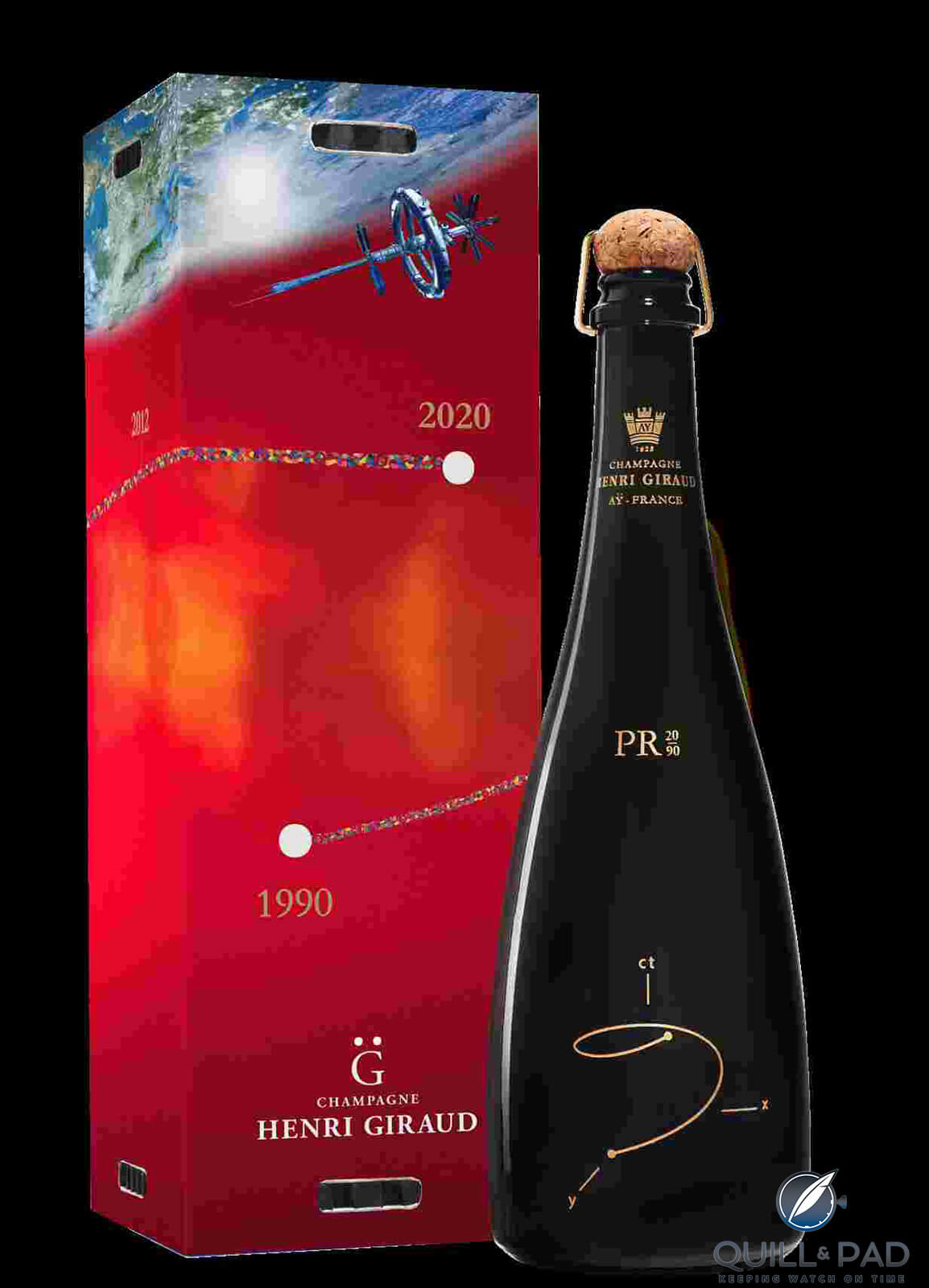
Champagne Henri Giraud PR
————————————————————————————————————–
—————————————————————————————————–
Parker’s comments meant that interest in this house would skyrocket. While the family have been growers in Aÿ since 1625, they only began making their own champagnes under the stewardship of 12th-generation family member, Claude Giraud, the CEO, in 1975 (or 1983 – as so often happens with these things, different sources offer different information). The Chef de Cave, since 2000, is Sébastien Le Golvet, Claude’s son-in-law. The current CEO is Claude’s daughter, Emmanuelle Giraud, from the 13th generation.

Champagne Henri Giraud chateau
It is said that the wines, since Sébastien took over, are not as heavy and rich, but rather, more precise. Perhaps, but they are still bold and full of flavor. Even so, when visitors to the estate have impressed Claude sufficiently, as a match for his top champagnes, he does not provide any specific food. Rather, he brings out a Cohiba Behike cigar (and the choice sounds utterly inspired).
Part of the reason that the house has attracted such interest – obviously, the quality of the wines is key – is the use of oak. They are far from the only one but when a house is mentioned in conversations along with Krug, Alfred Gratien and Bollinger then you know that they deserve attention. Of course, these are far from the only champagne producers using oak. It is estimated around 100 do so. But few are doing it anywhere near as well as Henri Giraud.
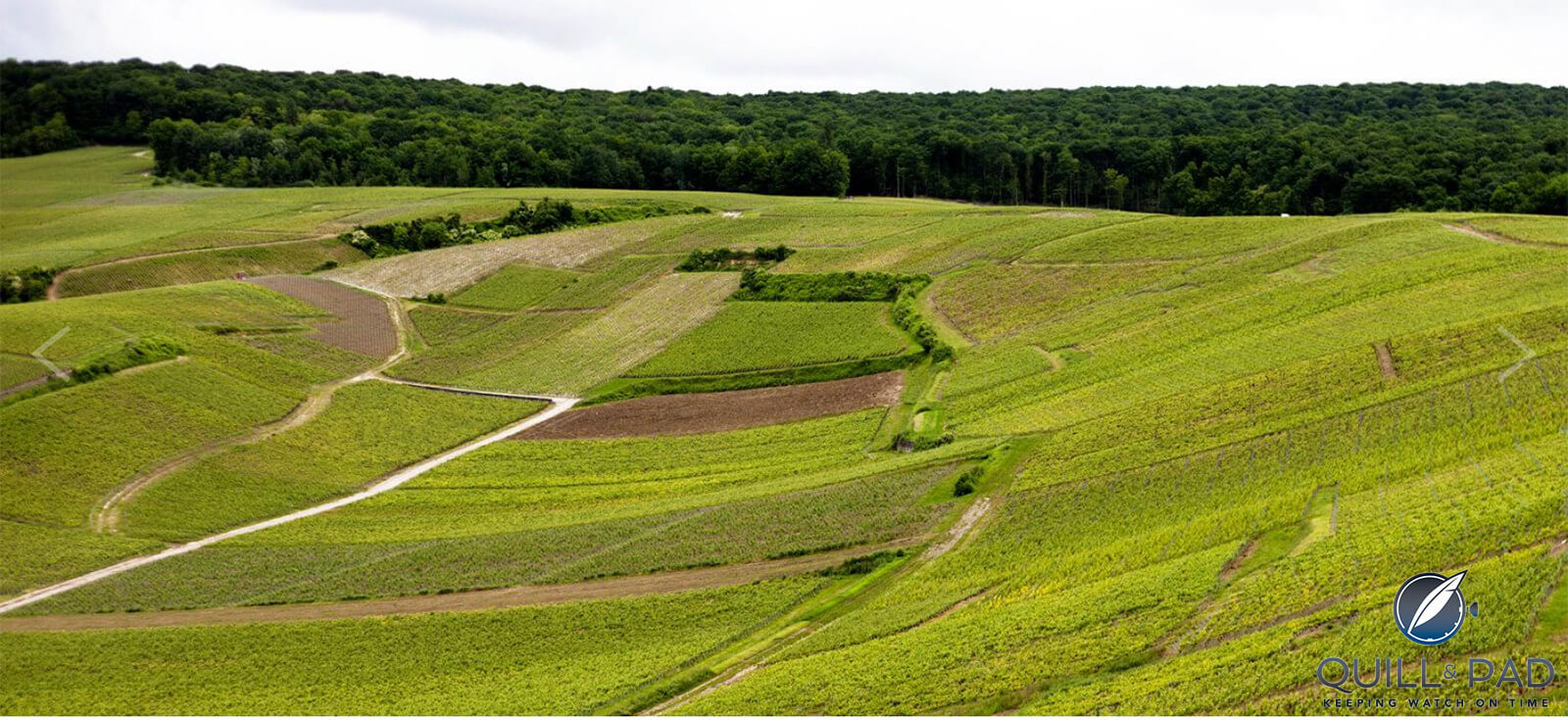
Champagne Henri Giraud vineyards
Their vineyards cover 5.67 hectares, while other sources suggest 15 hectares, although this could include land not planted (again, different sources offer different information). They also source from a further 15 hectares run by growers. They have divided their vineyards into 35 parcels, all of which are Grand Cru. Most of the grapes are Pinot Noir, with the split in the vineyards around 70% Pinot Noir and 30% Chardonnay.

Champagne Henri Giraud ratafia
The house is also famous as one of the very best producers of ratafia, a local fortified style (brandy made from distilling champagne is added to a base wine – it is an interesting style but I am not sure that Cognac or indeed any fortified style would be too concerned). Ratafia probably most closely resembles Pineau des Charentes from Cognac.
—————————————————————————————————–
—————————————————————————————————–
The oak used for fermentation and the aging of the wine comes from the Argonne forest. Argonne has a reputation of being a little more gentle on the wine than other French oak forests. Giraud recently entered into an agreement with the ONF (the French National Forest Office) whereby 10,000 trees will be planted over ten years.

Champagne Henri Giraud Ay Grand Cru
Production is around 250,000 to 300,000 bottles annually. They have said that they could increase production by around 100,000 bottles but there is no intention to do so. They have named their very top release, ‘Argonne’, as a tribute to what the forest provides them. All their champagnes are limited in production and none more so than the Argonne, which is a mere 5,000 bottles.
While most winemakers in Champagne will tell you that the oak is old and large and has barely any influence on the wine, at Giraud, they have a different perspective. The team has been quoted as saying that they have identified ten different terroirs throughout the forest. It means that if they source the oak from the plot they call Les Chatrices, the wine will offer “sharpness and tension”, while if from Lachalade, the wine will be “richer and rounder”.
Not all of the wine ferments in oak. Around 10%, largely used for the Dame-Jane Rose, is vinified in egg-shaped amphorae, around 500 litres in size. The amphorae are made from a mix of terracotta and kaolin. The combination makes the container less porous.
They gave up using of stainless steel vats in 2016, as they believe that to make a great champagne, it must be vinified in small containers to increase the exchange with the lees.
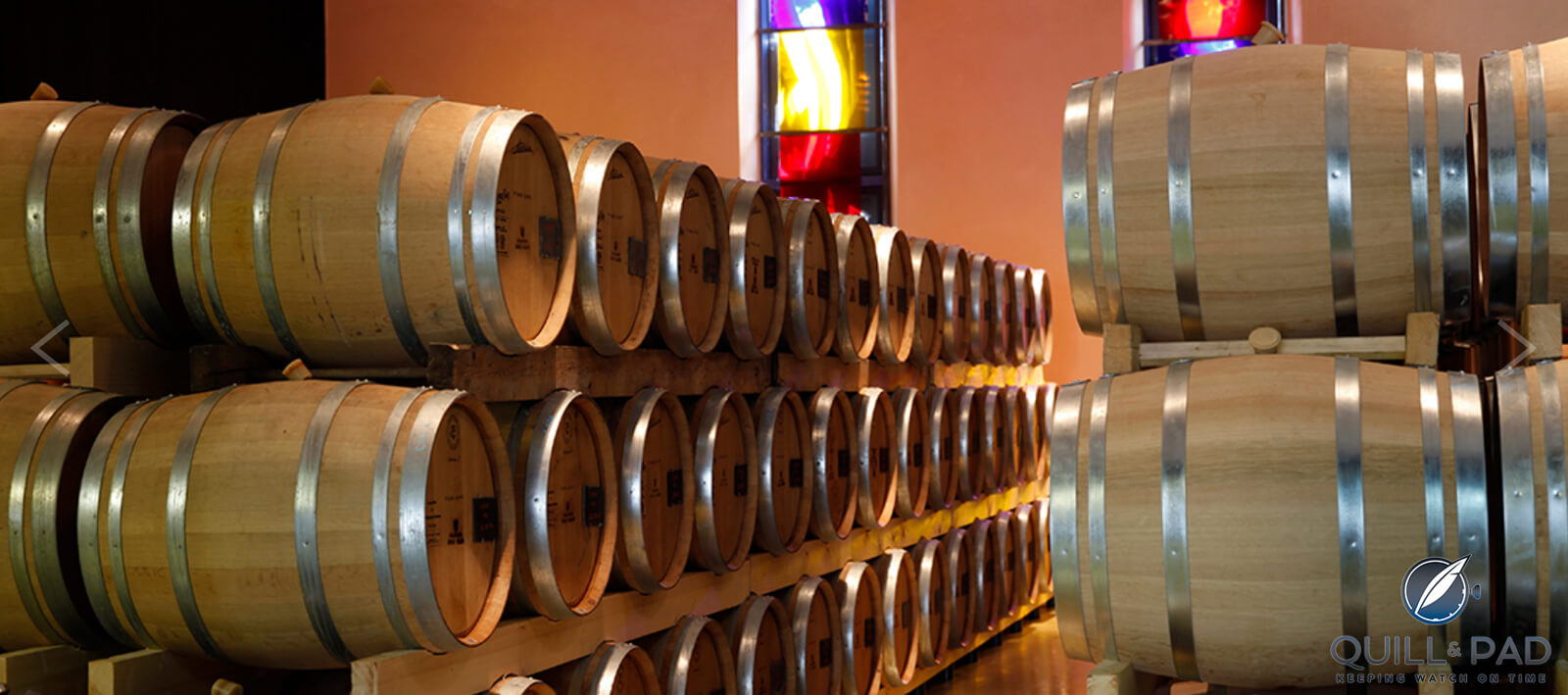
Champagne Henri Giraud oak barrels
The team use two coopers to make their oak casks, the local Tonnellerie Champenoise of Jérôme Viard and Tonnellerie Chassin in Rully, Burgundy. Chassin is used by Domaine de la Romanée Conti, which gives you an idea of the standards they seek.
—————————————————————————————————–
—————————————————————————————————–
Since 1990, the champagnes have each had their own reserve perpetuelle. Sébastien toasts his own barrels and is involved in every aspect of the winemaking. It is Sébastien who chooses the oak trees to be felled for the winery. They make around one hundred to two hundred barrels a year, and use them for around half a dozen years, meaning that there are normally approximately 1,200 barrels in the cellars.
The champagnes of Henri Giraud are exported to around thirty countries and have a very good following throughout Asia.
A quick look at a couple of the Henri Giraud champagnes. They are not always easy to source so don’t hesitate when you see them.
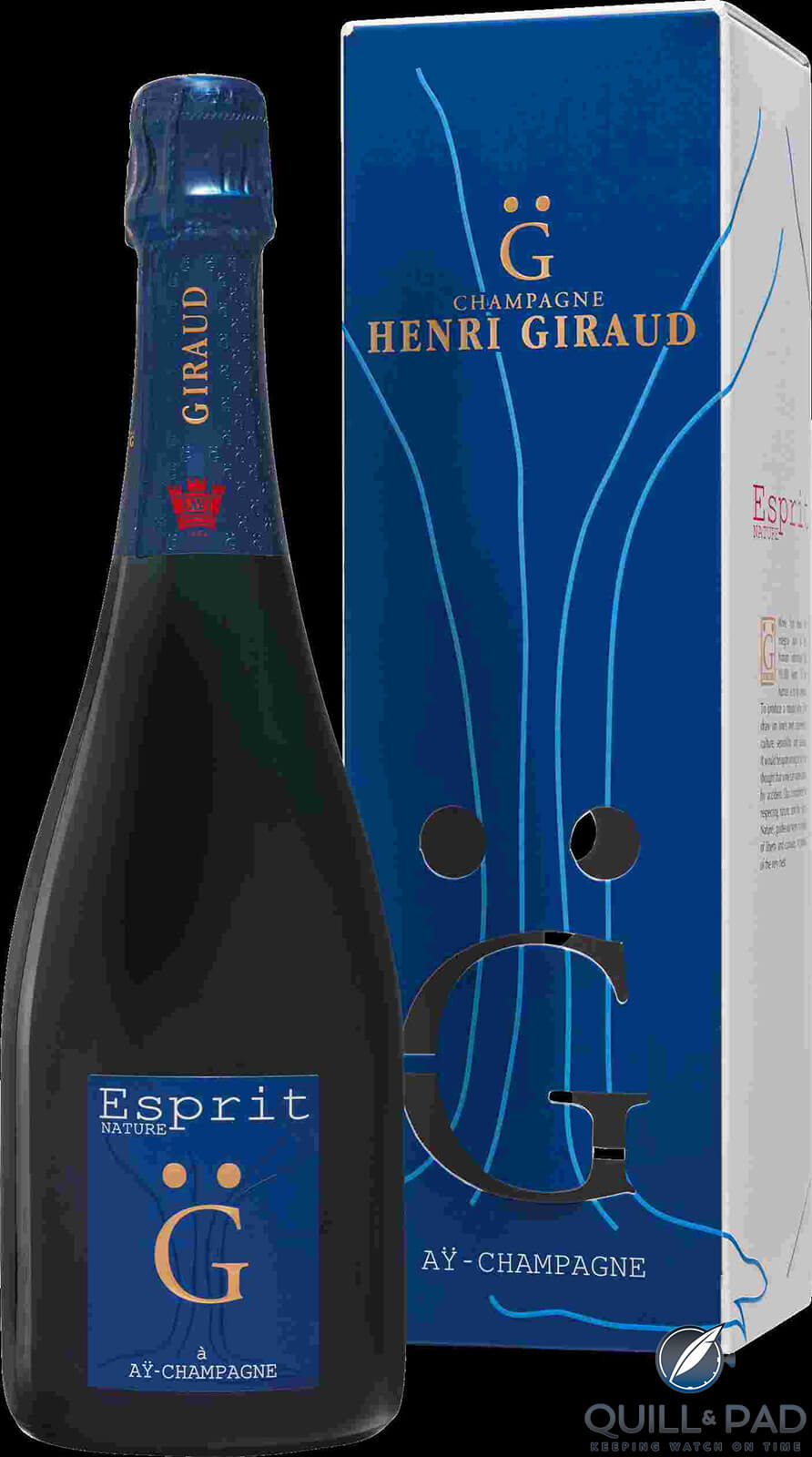
Champagne Henri Giraud Esprit G
Esprit Brut NV (A$170) – Pinot Noir dominant with around 20% Chardonnay. This is rich and dense and yet balanced and refined with a gorgeously supple texture. There are notes of raspberries, a hint of ginger, honeycomb, a line of salinity and more than a flick of pepper. Bold, full of flavor and utterly delicious. 95.
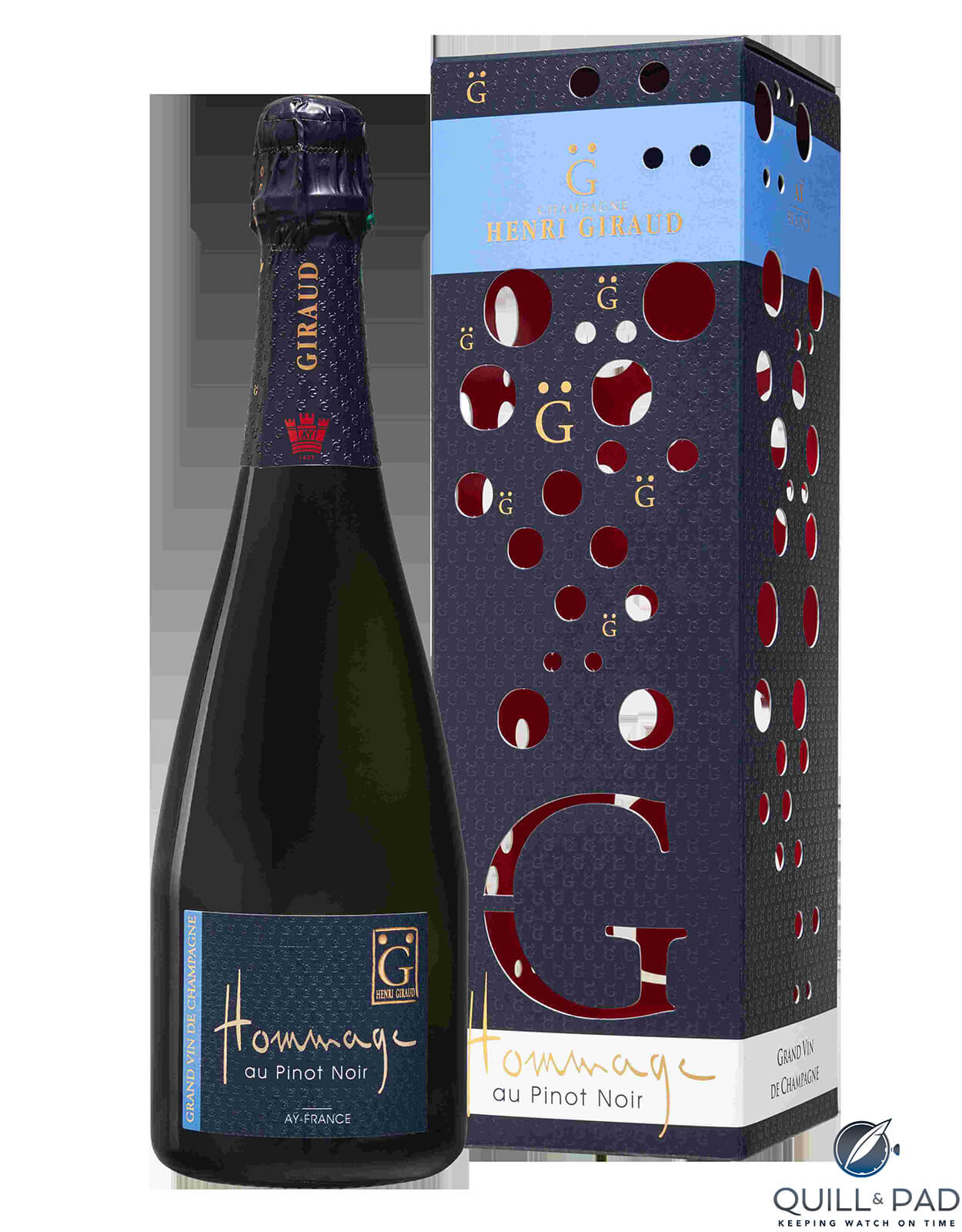
Champagne Henri Giraud Hommage au Pinot Noir
Hommage au Pinot Noir Blanc de Noir NV ($A225) – Strawberries and cream notes here, nuts, almonds and stonefruits. Deep citrus notes with a hint of white chocolate. This is 100% Pinot Noir and uses 1/3rd new oak from the Argonne forest. Beautifully structured, this is rich, complex, intense and lingering, it is almost more a wine than a champagne. Stunning stuff. 96.

Champagne Henri Giraud Ay Grand Cru
‘MV 18’ Grand Cru Brut (A$495) – Bottled under an agrafe cork, this is all Grand Cru and 60% from the superb 2018 vintage, with 40% reserve wines. 80% Pinot Noir. The fermentation is with 50% new oak from the Argonne forest. Such a creamy texture, there is serious length and real intensity. A finely balanced wine with strawberries and stonefruits and notes of beeswax, cigar boxes and orange rind. A wonderful champagne. 96.
For more information, please visit https://champagne-giraud.com/
You might also enjoy:
Louis Roederer Champagne Collection 244 and History
Non-Vintage Champagnes: They are Getting Better and Better!
Taittinger Comtes 2013: a Champagne that Dances

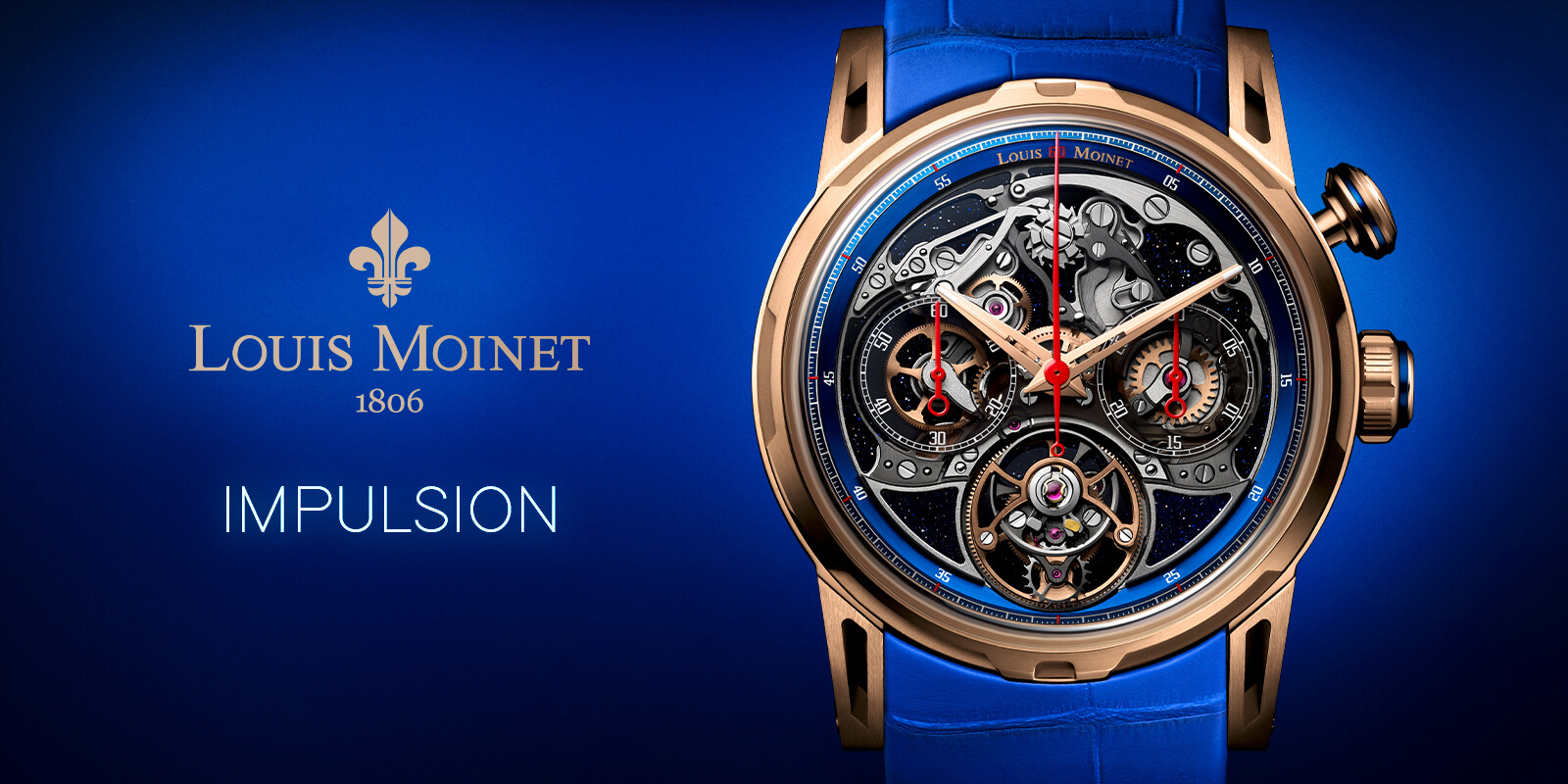
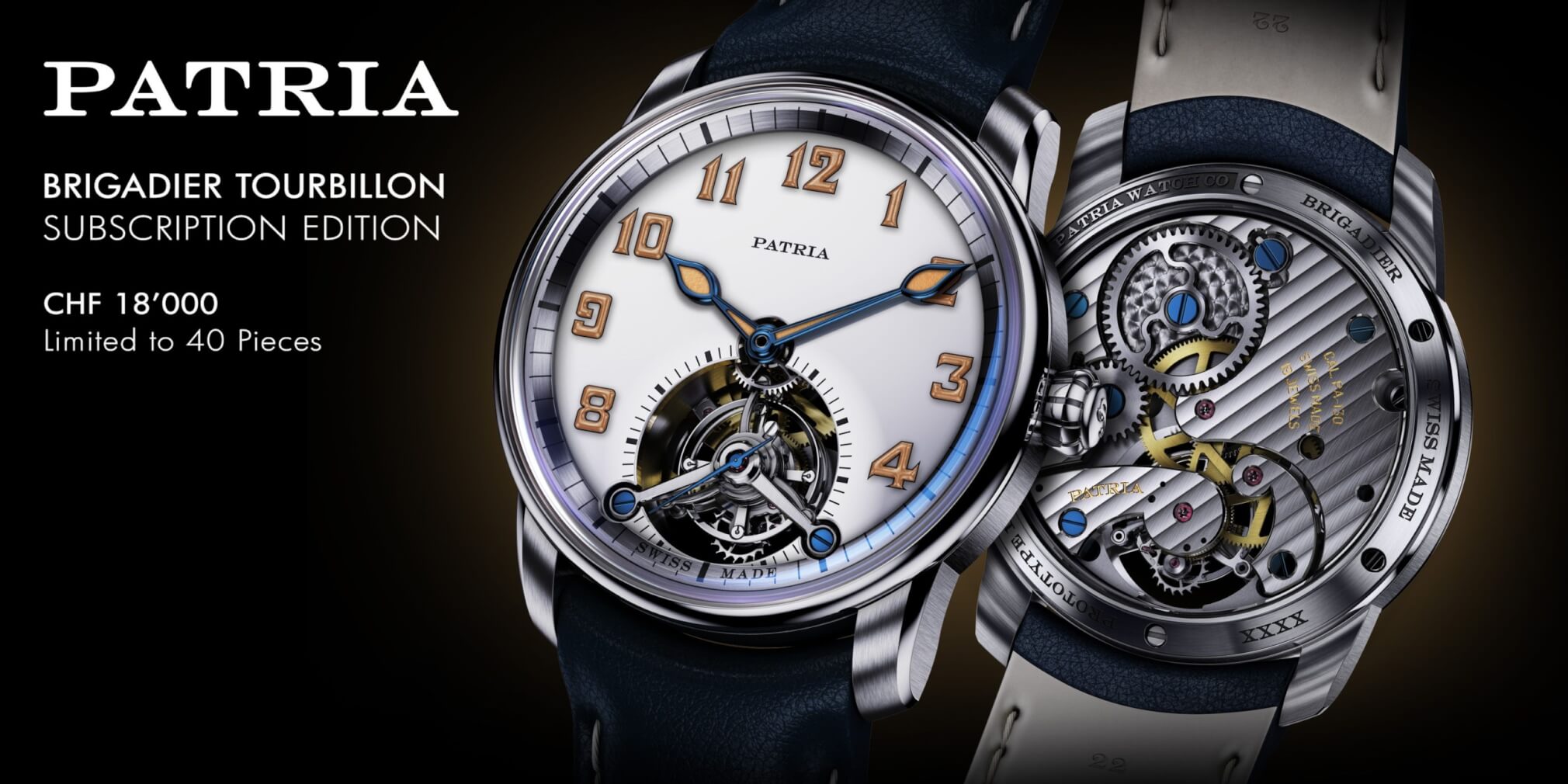
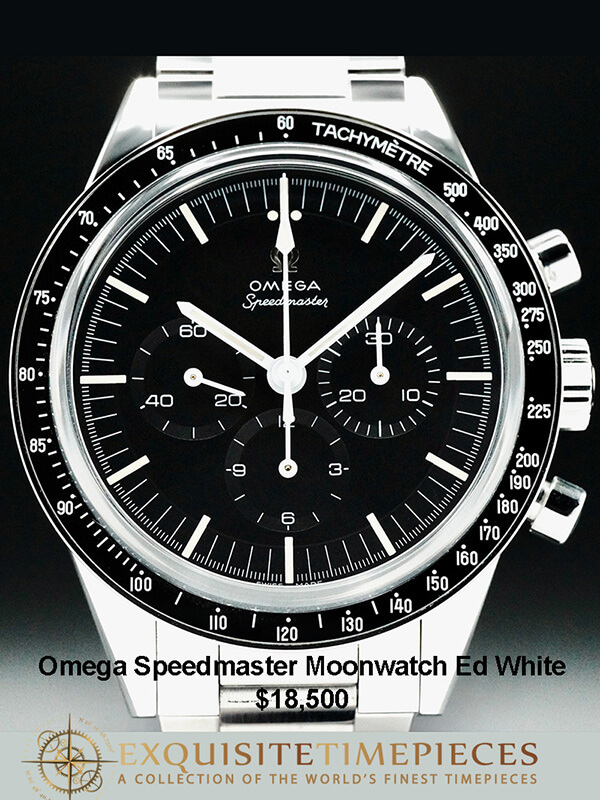
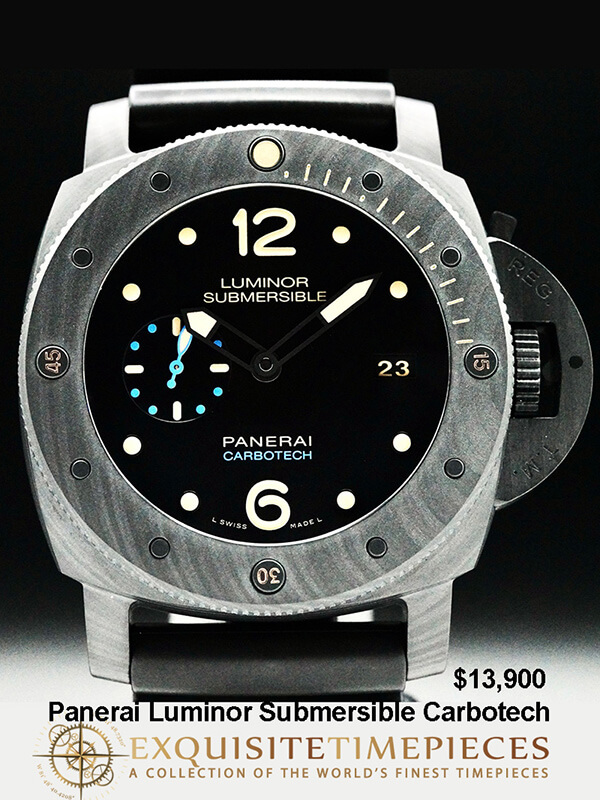


Leave a Reply
Want to join the discussion?Feel free to contribute!